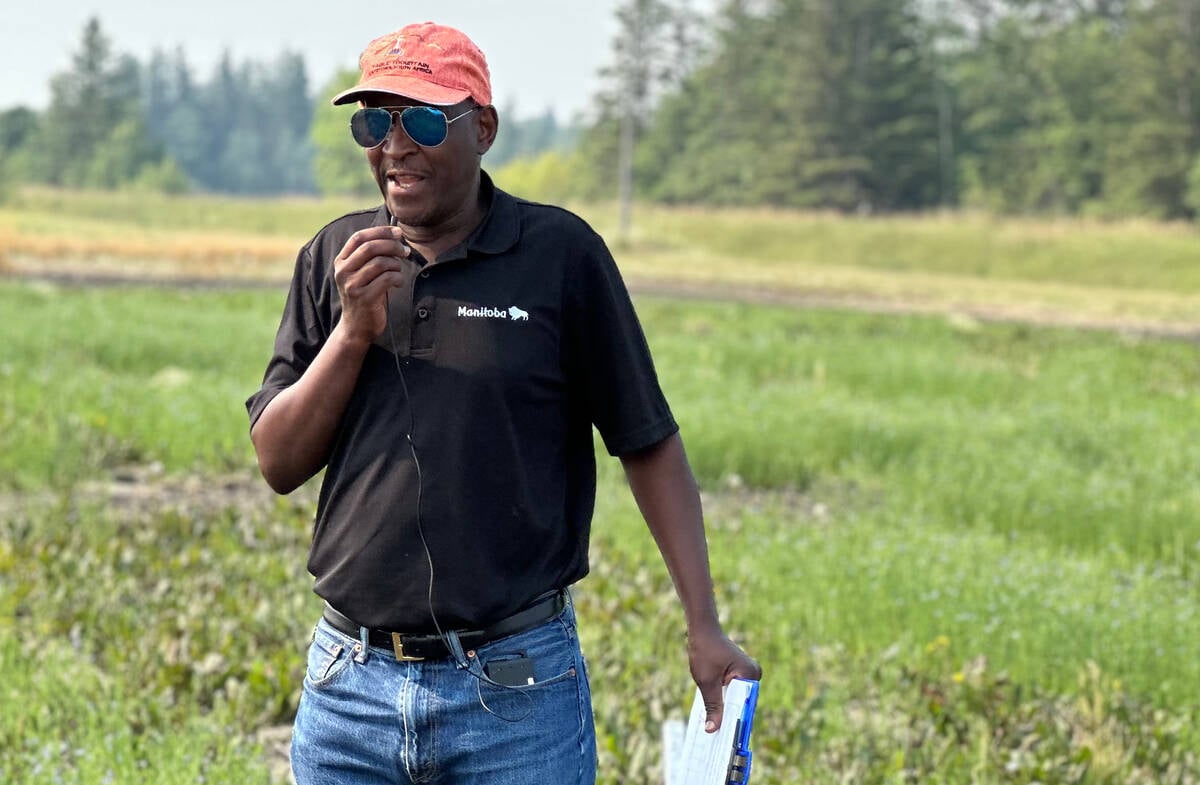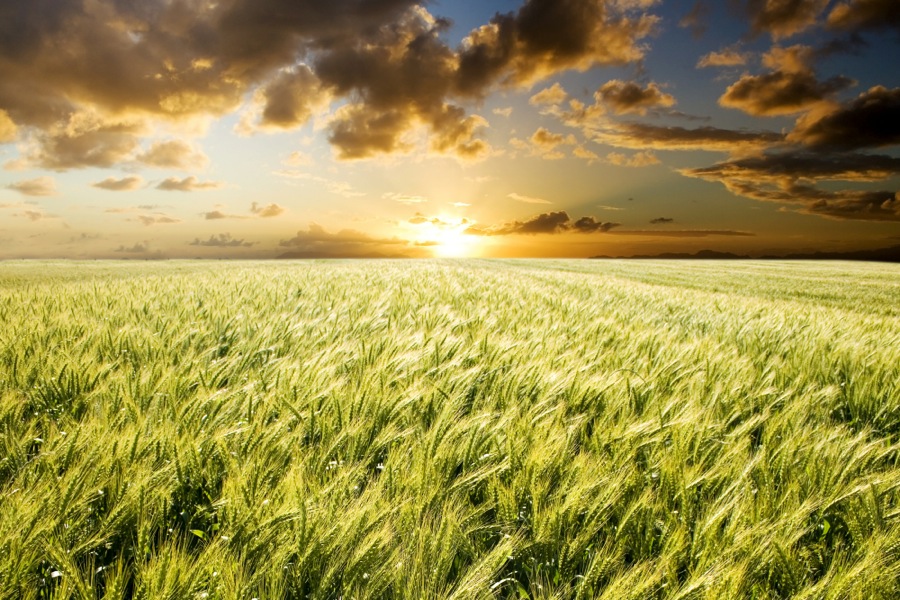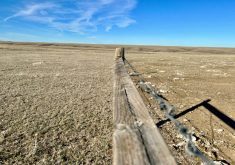Jeff Rubin, the former chief economist for CIBC World Markets turned bestselling author, knows all about adaptation.
His first book, Why Your World Is About To Get A Whole Lot Smaller grabbed international attention with predictions that world oil prices would climb to more than $200 a barrel by 2012, forcing a rethink of almost every economic driver in industrialized nations.
Well, that didn’t happen. On the contrary, oil prices have dropped so precipitously that further development of Canada’s controversial oilsands, on which the Harper government has staked this country’s economic growth, makes questionable sense.
Read Also

How much nitrogen can farmers really cut?
Manitoba fertilizer trials look for nitrification inhibitor sweet spot, to lower greenhouse gas emissions and cost without hurting yield.
But far from suffering a crisis in confidence in his crystal ball-gazing abilities, Rubin’s latest book, The Carbon Bubble, takes a sharp turn. He predicts a pressing need to address climate change will drive world powers to reduce carbon energy consumption to avoid the catastrophic effects of rising sea levels, droughts and volatile weather.
Instead of reduced consumption driven by cost, there will now be reduced consumption driven by governments and industry embracing the climate change imperative, coupled with the rising efficiency of green energy alternatives.
In order to avoid exceeding the 2 C threshold in global temperature increase the Intergovernmental Panel on Climate Change says would overwhelm the global community’s capacity to adjust, the globe’s “carbon budget” must not exceed 2,900 gigatonnes of CO2 emissions. The clock on that started ticking at the dawn of the Industrial Revolution 250 years ago. To date, the world has emitted about 1,900 GT of CO2, leaving room for about 1,000 GT.
Human-made emissions are currently running at about 37 GT a year, which leaves 27 years before we reach that carbon threshold. Rubin suggests we can buy time, perhaps doubling the time frame, if carbon emissions were cut in half. But at this point, the world’s carbon emissions are accelerating, which puts us on a rather discouraging trajectory.
“If emissions keep growing at their current pace, we are on target for… a nearly 4 degree rise in average global temperature,” he says. “We should be moving as fast as we can towards a carbon-free future.”
Rubin’s hypothesis is that eventually governments will choose to do the right thing and there will be a quantum increase in use of carbon-free fuels.
Where does that leave Canada, which has staked its economic future on becoming an energy superpower in the traditional sense? In a word, behind.
This is where the Carbon Bubble gets interesting from a farmer’s perspective. Rubin cites NASA data mapping out how a 2 C to 4 C rise in average global temperature would affect the planet’s surface.
Western Canada is one of the “hot spots,” a region that could see as much as a 100 per cent change in its ecosystem. Average temperatures have already risen at roughly double the global average over the past 50 years, and that is expected to continue or accelerate.
“That prospect, coupled with Canada’s abundant freshwater supply, makes it an ideal candidate to become one of the world’s future breadbaskets,” Rubin says. “In fact, Canada is one of only five out of 163 countries that have all the requisite characteristics to significantly boost agricultural production.”
The Prairies should see a longer growing season and more heat units, which explains why major seed-producing companies are viewing the region as the new Corn Belt for North America.
He sees that as a double win for producers — adding value to their production as well as setting the stage for a sharp increase in farmland values.
And there’s more. “Rising temperatures and drought should reduce corn yields and hence production in the U.S. Midwest, with some prime growing areas becoming unsuitable for corn cultivation.” Any reduction in the U.S. supply would put upward pressure on prices, creating an even bigger windfall for Prairie producers. Under Rubin’s scenario, the B.C. wine industry will enjoy a similar transition.
In his view, water exported as food will be a more valuable contributor to the Canadian economy than carbon-based fuels in the future, a hypothesis that appears supported by the long-standing drought in California.
He also notes that food prices — although volatile — have not plummeted in the same fashion as other commodities. “If you want to invest in a sector with pricing power, food should be high on your shopping list,” Rubin says.
Rubin says Canada stands a higher chance of becoming an agricultural superpower than it ever had of becoming an energy superpower.
But before you take out that loan to buy more farmland, remember, he’s been wrong before. And his outlook is based on world leadership working cohesively to reduce the world’s greenhouse gas contributions — a proposition that is completely at odds with Canada’s national economic strategy.
















